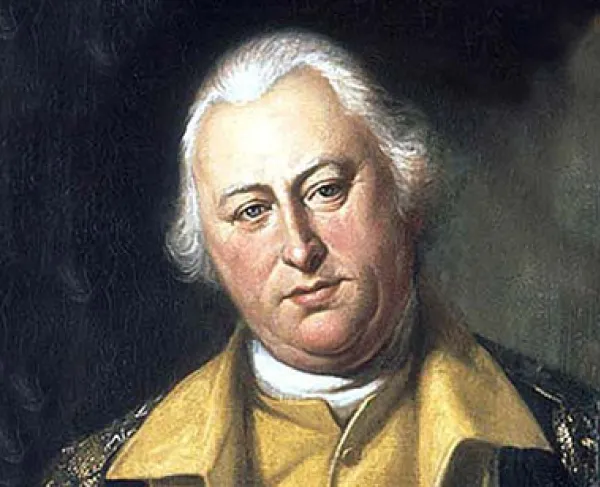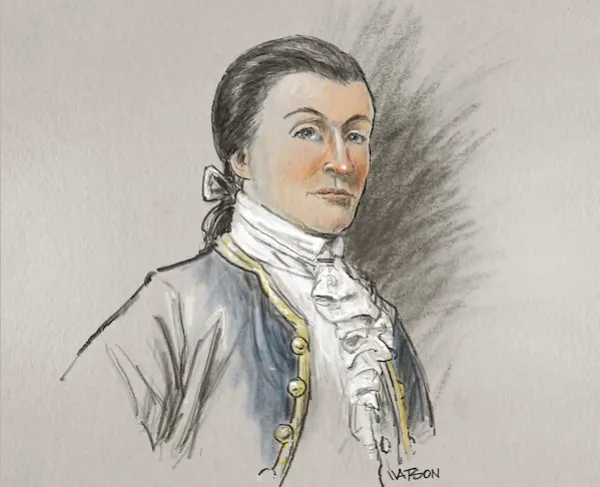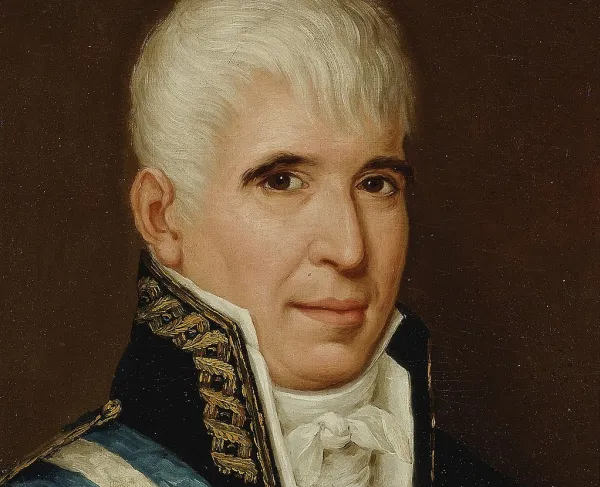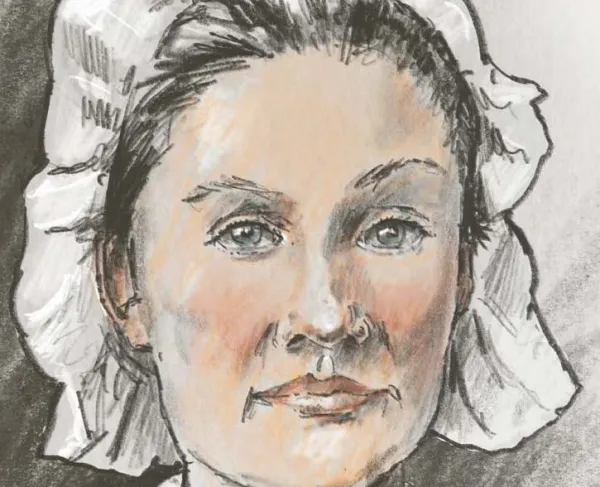Benjamin Lincoln

Benjamin Lincoln was born on January 24, 1733, in Hingham, Massachusetts, to one of the first dynastic American families. The Lincolns had been one of the first families to settle in Hingham and were able to establish themselves through vast farmlands along with local governance. Benjamin Lincoln’s father, Colonel Benjamin Lincoln, amassed a considerable fortune through his family farms and his longstanding seat on the Governor’s Council. The younger Lincoln followed his father into governance from a very young age, becoming town constable of Hingham, Massachusetts, at the age of 21. Benjamin also followed his father into the colonial militia, enlisting in the same regiment where his father was colonel. Lincoln was active in the militia during the French and Indian War, but saw no actual combat, despite this, he was promoted to major by the end of the conflict. After the war, Lincoln used his place in local governance to actively protest Parliamentary taxation and the Boston Massacre.
From the onset of revolution in the colonies, Lincoln played an essential role in the war. In 1774 the Massachusetts Provincial Congress appointed Lincoln to oversee militia organization and supply in Massachusetts. This role became vital with the outbreak of war at Lexington and Concord, less than 30 miles away from Lincoln’s home in Hingham. As the initial conflict expanded and developed into the full Patriot siege of Boston, Lincoln’s job became pivotal. Both British and American forces dealt with a lack of supplies during the siege, Lincoln’s supply line kept the colonial army’s hopes alive, until General Henry Knox, on George Washington’s orders, brought heavy artillery to colonial forces outside the city. Knox gave the Continental Army a clear advantage and effectively ended the siege as the British soon evacuated the city.
After the evacuation of the British in 1776, Lincoln was promoted to Major General of the Massachusetts militia. Having learned from the siege, Lincoln sought to fortify the coast of the colony. Lincoln’s efforts overall were a success, in May 1776 his forces removed the last Royal Navy ships from Boston Harbor.
As a significant part of two colonial victories over the British, the Continental Congress placed Lincoln in charge of a brigade of militia. Lincoln’s militia served with Washington in New York. Washington initially ordered Lincoln to organize raids against the British in Long Island, however, after Washington’s defeat at the Battle of Long Island, Washington ordered a retreat from New York. Lincoln’s troops helped to secure the retreat. By the end of the withdraw, most of Lincoln’s men’s enlistment terms expired, forcing him to return to Massachusetts and recruit new men for his militia. During his time in Massachusetts, based on Washington’s recommendation, Congress made Lincoln a major general in the Continental Army and granted him a small command in Bound Brook, New Jersey.
After months of small skirmishes in Bound Brook, the British launched a surprise attack on Lincoln’s small garrison. Outnumbered 5,000 to 400 men, Lincoln suffered a decisive defeat and barely avoided capture by the British. Returning to Washington’s side after the defeat, Washington ordered Lincoln, along with other top-ranking commanders, Colonel Daniel Morgan, and General Benedict Arnold to assist General Philip Schuyler in the Saratoga Campaign. Lincoln, along with 2,000 troops, disrupted the British supply line outside of Fort Ticonderoga. General Horatio Gates, Schuyler’s replacement, ordered Lincoln’s troops to join him.
Gates assigned Lincoln and his men to hold the Hudson River. At the Battle of Bemis Heights, Lincoln’s troops were present but did not fight, as most of the fighting happened on the opposite side of the river from where Gates had placed them. After the battle, Lincoln’s troops performed reconnaissance and pushed the British back further. While fortifying Fort Edward, a British musket ball shattered Lincoln’s ankle. For the rest of his life, Lincoln’s right leg became two inches shorter than his left. Lincoln was bedridden for months as a result of the injury, and during this time he was demoted to the lowest-ranked major general.
Lincoln’s return would not be a glorious redemption, however. When he returned in 1778, Washington placed Lincoln in charge of the Southern Department, a very large and independent command. Lincoln commanded his soldiers to join the 1779 French siege of Savannah, Georgia, but the siege failed. Lincoln and his men retreated to Charleston, South Carolina, but in 1780, British forces besieged the city. Lincoln was forced to surrender over 5,000 men to the British—the largest surrender of American troops until the Civil War. Denied honors of war in surrender by the British, Lincoln was paroled by the British and returned to Washington’s army.
Washington made Lincoln his second-in-command for the Yorktown Campaign. Meeting up with French troops, the American forces successfully trapped the British forces in Yorktown. The siege at Yorktown devastated British troops and forced General Lord Charles Cornwallis to surrender to the Americans. Cornwallis feigned illness to avoid having to appear before the American and French armies. Instead, Cornwallis ordered his second, General Charles O’Hara, to deliver his sword to the Americans. Washington, insulted, had Lincoln accept the surrender, therefore refusing to be disrespected by Cornwallis and allowing Lincoln to have revenge for his defeat in Charleston.
After the conclusion of the war, Lincoln was appointed by the Confederation Congress to be the first US Secretary at War, a position created by the Articles of Confederation, and modeled after Britain’s Secretary at War. Lincoln served in this position from 1781 to 1783. He was replaced by Henry Knox who would later become the First US Secretary of War under the government created by the Constitution.
After his brief stint in the Confederation’s government, Lincoln returned to what he was doing before the revolution, leading small governments and commanding a militia. Lincoln served various public offices in his late life, notably as a Suffolk County representative at the Constitutional Convention. He remained true to his militia roots and helped to lead 3,000 men to put down Shay’s rebellion in west Massachusetts. He retired from public life in 1809, having given all he could to the new country, and died the next year in 1810.
Lincoln’s military career was one of great victories but also great defeats. He was the only soldier present at all three great victories of the revolution—twice as a victor and once in defeat. Though his career was often marred by great defeat and lack of experience, his last moment as a general in the continental army was accepting the surrender that ended the war. John Trumball’s classic painting “The Surrender of Cornwallis” still hangs in the US capital immortalizing Lincoln as the man who accepted the surrender of the British.
Related Battles
330
1,135
5,506
258
389
8,589





